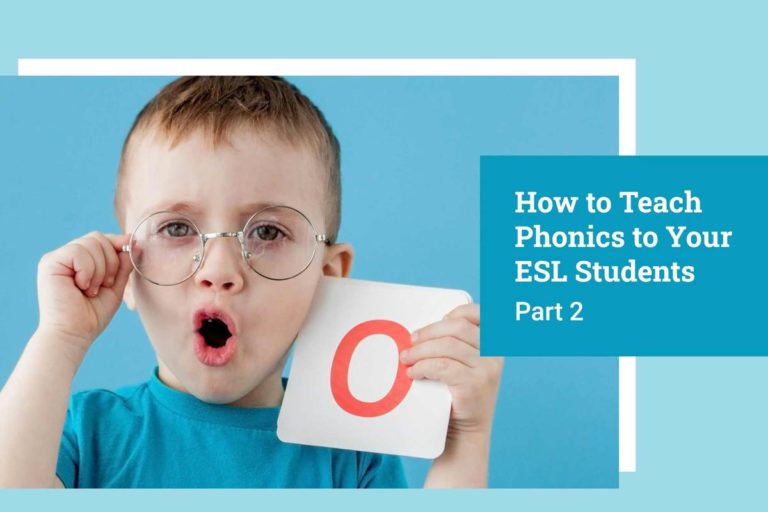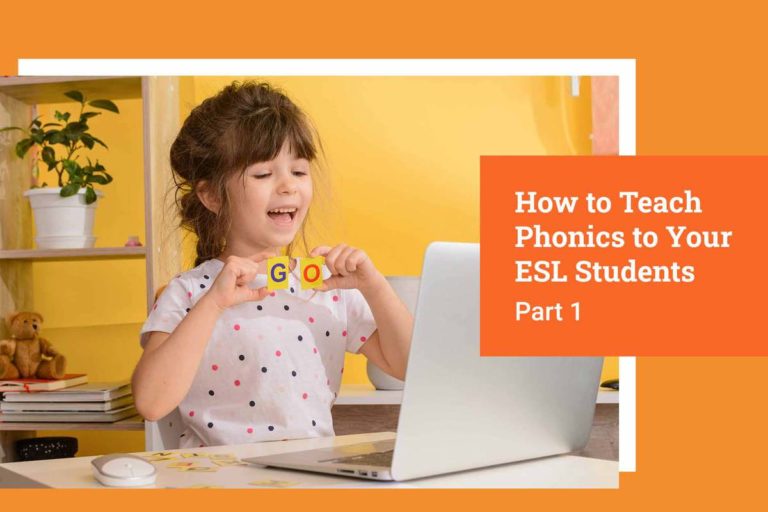Ready to start teaching English online?
Teach with VIPKidBy MarJanita B
I remember teaching my first back-to-back classes with students of different ages. One was a young student, and the other was a pre-teen. It felt as if I had just taken a trip from the hot, sandy Sahara desert to the frigid, icy continent of Antarctica, because they were completely opposite of each other.
Often, I meet teachers who are hesitant to apply for certain certifications, because they don’t feel comfortable with teaching a certain age group. If that sounds familiar to you, I am here to calm those fears and say that each age group is wonderful to teach. All you need are the same basic teaching skills, expressed in different styles. I will present these within the areas of tools, academic approaches, and learning aspects.
1) Tools
As VIPKid teachers are well aware, Total Physical Response (TPR), props, rewards, and a cheery smile are our best tools in the classroom. This does not change with the age of the student. However, the ways that each tool is used can vary.
Younger students love TPR, because it gives them a chance to move. This is great since moving helps them channel energy into focused learning. Big motions, singing, and dancing are often successful with our younger learners. Just be careful not to knock over things as you do it (as I may or may not have been known to do). Older students may be more hesitant to participate with TPR, so encourage them to join you.
Using colorful, hands-on visuals are excellent for younger students. You can exaggerate and have fun. Dino can eat a pencil, an apple, or a shoe; that is always a sure way to grab their attention. Older students may find some props, such as puppets, to be “babyish” (their words, not mine). Visuals are still important,, in the ESL learning process, though, and can be enjoyed within a more realistic realm.
Younger students are extrinsically motivated and will do almost anything to earn rewards. Physical rewards seem to be a hit with my younger students. Older students tend to be more intrinsically motivated. Pride, competition, and self-improvement are big factors in their success. They appreciate being allowed to choose their reward and will often pick digital items, games, or conversational rewards.
2) Academic Approaches
There are some academic approaches that will vary with the age of the student. Indirect instruction is often used with younger students. Rules are not taught directly but through practice and usage. With older students, more direct instruction can occur as they learn grammar rules and how/why they work.
In a similar way, younger students can often be corrected by simple recasting (the teacher repeats the student in the correct way). It is helpful to explain the reason behind corrections for older students.
You should be prepared to scaffold and provide lots of support for those younger students; whereas extension is often needed with older students.
3) Learning Aspects
When thinking about the learning aspects of different ages, it can be good to remember that younger students tend to be dependent and have less ability to self-regulate energy and emotions.
The silent phase in young readers will often last longer than it will for older students. For more about the Silent Period, visit this VIPKid blog post.
There are some pronunciations that will be nearly impossible for younger students to form until they are older. Coordination and motor skills are also still developing, so you should be patient if your student just can’t seem to draw a nice circle or line.
Older students are more independent. They enjoy challenges and complex tasks, such as creating sentences using sight words, designing stories that utilize vocabulary words, predicting the outcome of a story, explaining a grammar rule to the teacher, and thinking of as many words as they can that start with certain letters. Anything that requires the students to use higher-order skills will keep them involved and engaged.
Although the various ages require the same basic teaching skills, the way those skills come to life through various styles is the magic that the teacher can produce.
Earn $14-22 an hour Teaching English from Home
If you enjoyed this article, you can check out our blogs on Attitude and Rapport and TPR and Physical Modeling.
This Teaching Essentials Blog Series looks at some tools-of-the-trade for online ESL instruction. In it, we explore a few key concepts and dive into what makes them indispensable to our teachers.
MarJanita B. lives, breathes, and eats VIPKid (well, the “eats” part isn’t really applicable; although, she does occasionally eat her food props). MarJanita enjoys teaching all age groups and loves the fun conversations with her older students and the crazy dance parties with her littles.



